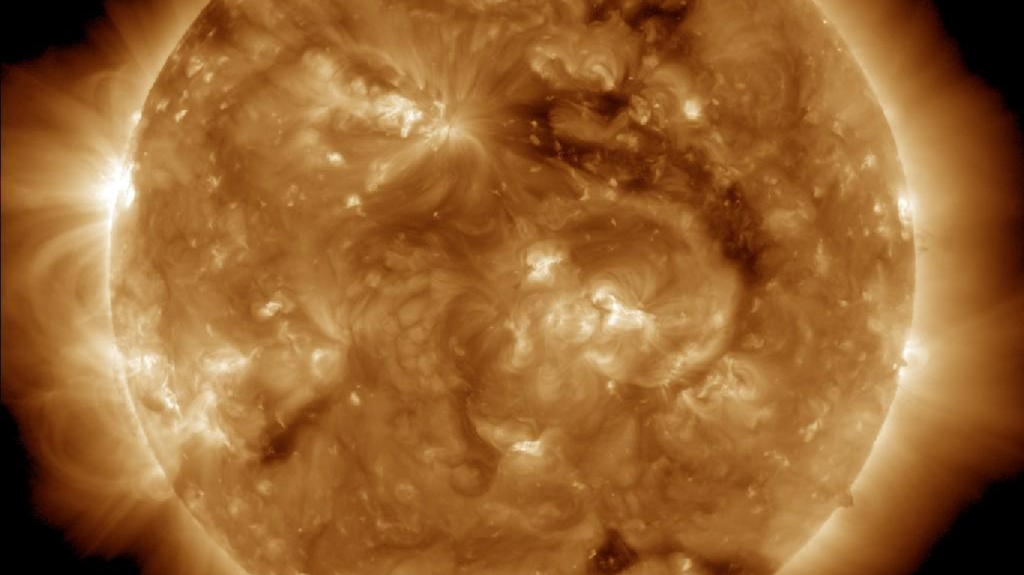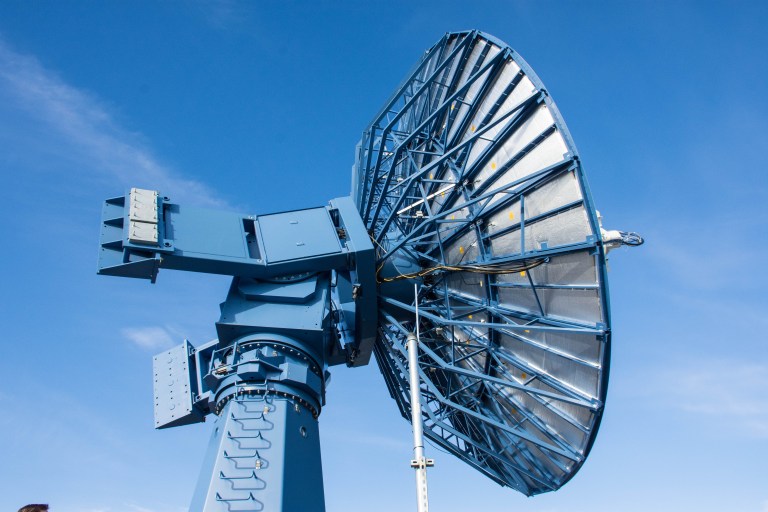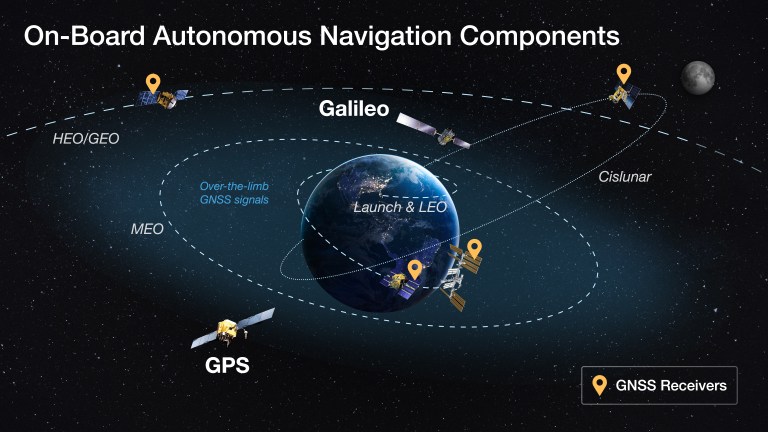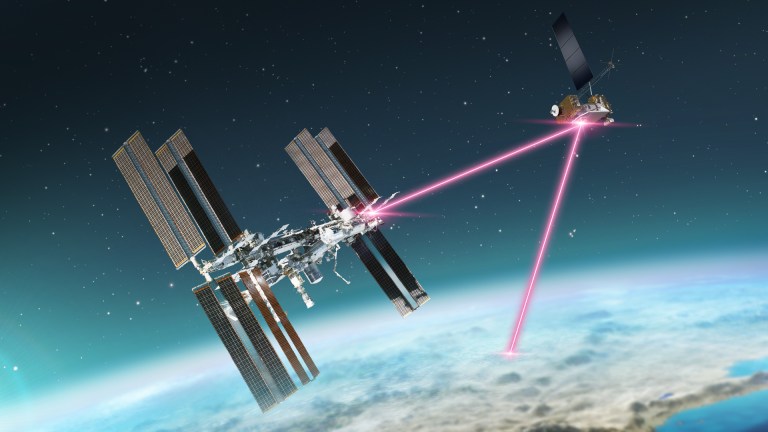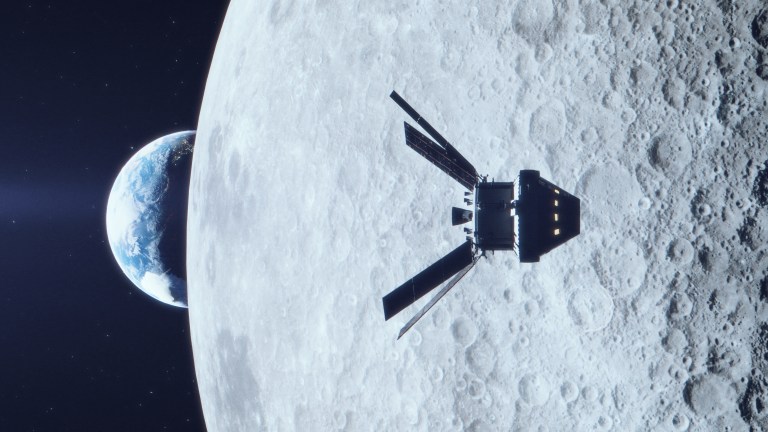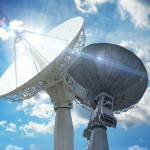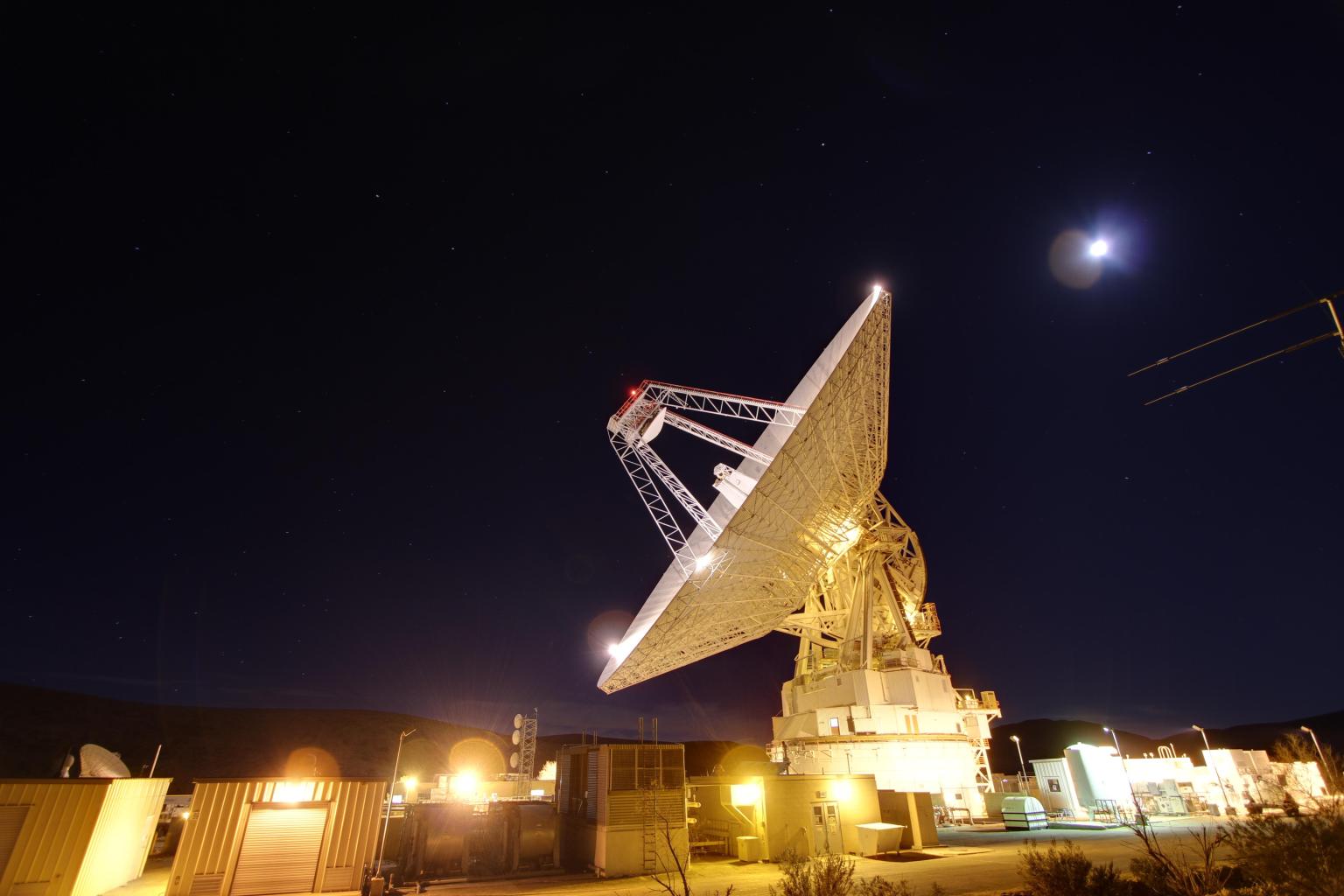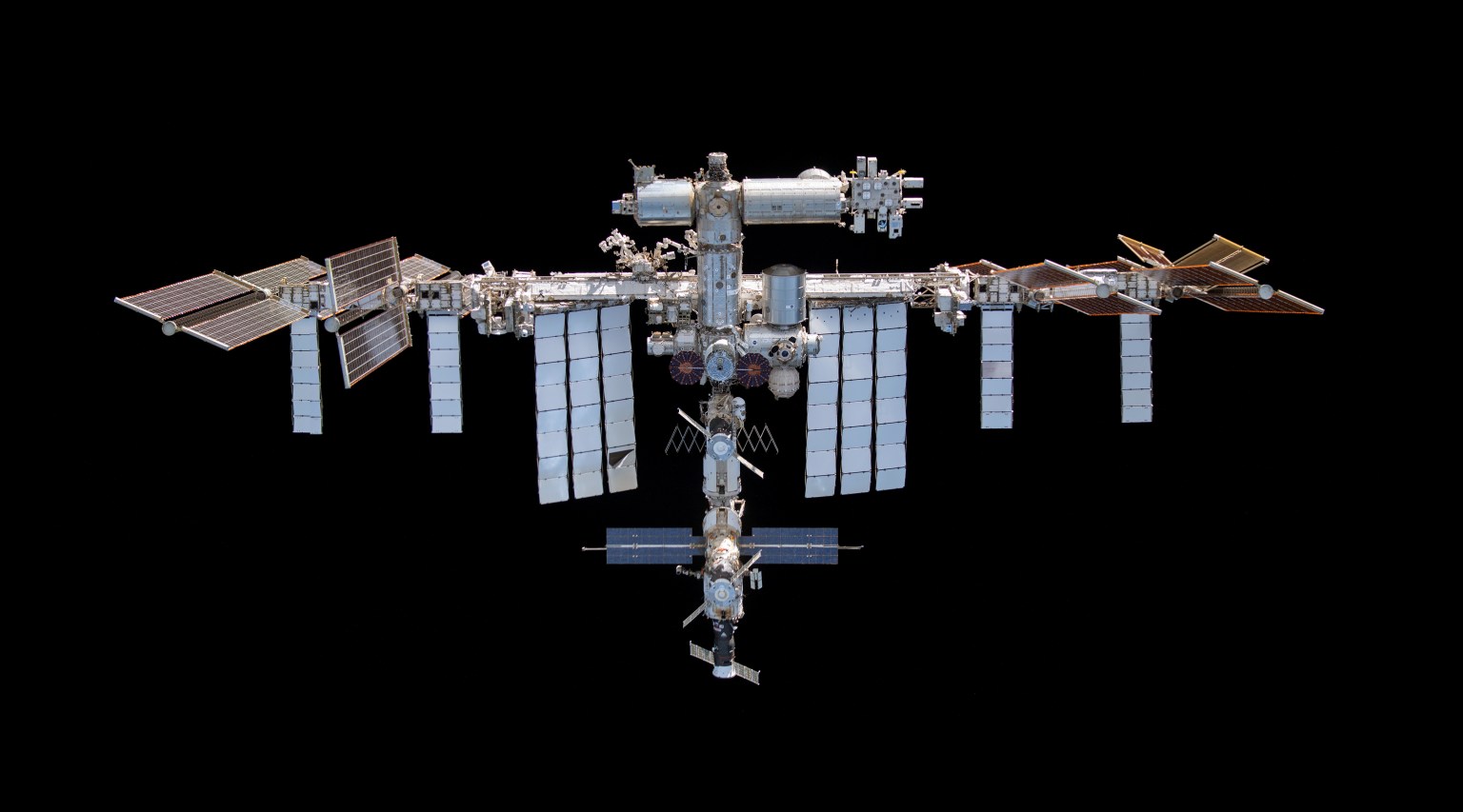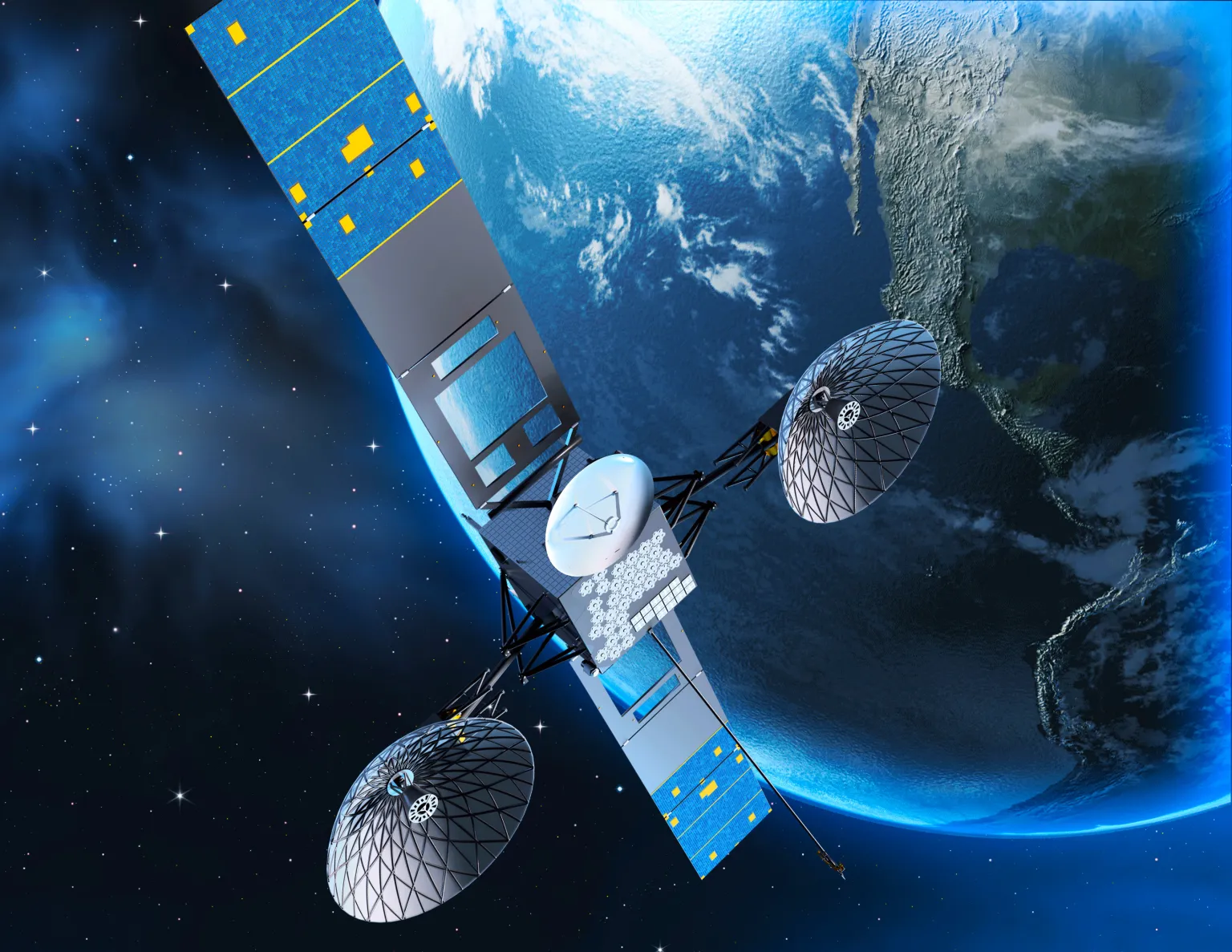Our Projects
ESC projects affect billions of lives around the globe, from creating technology for search and rescue to bringing down data used in weather forecasting to teaching the next generation. Explore ESC's contributions to the NASA mission.
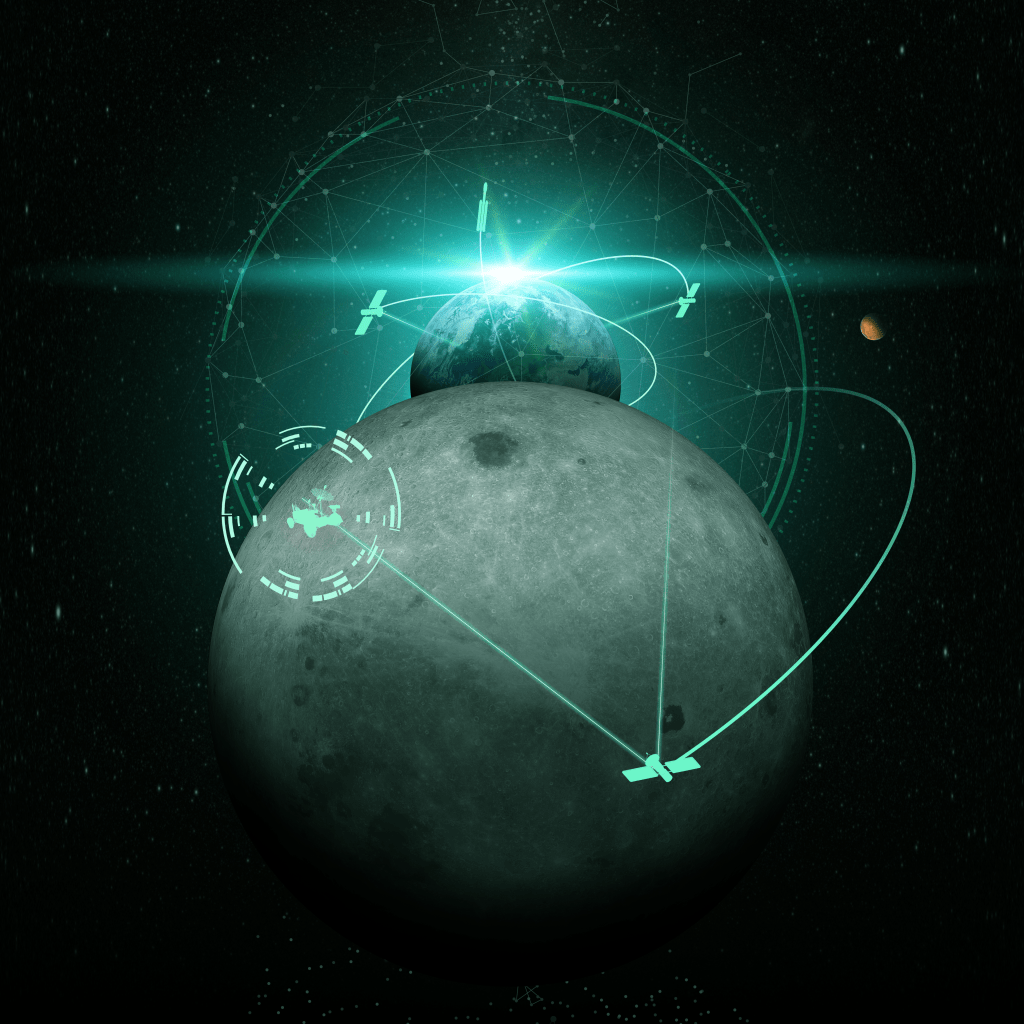
Near Space Network (NSN)
The Near Space Network synthesizes government and commercial communications services into comprehensive mission support, transmitting data for over 100 missions within 1.25 million miles of Earth.
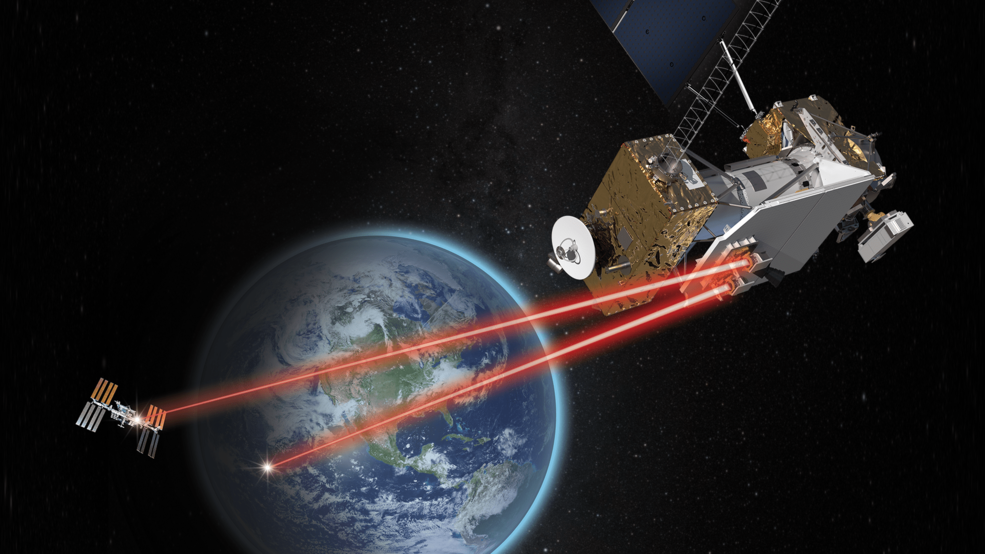
Laser Communications Relay Demonstration (LCRD)
NASA's LCRD is conducting experiments to expand our knowledge and showcase the benefits of laser communications technologies.
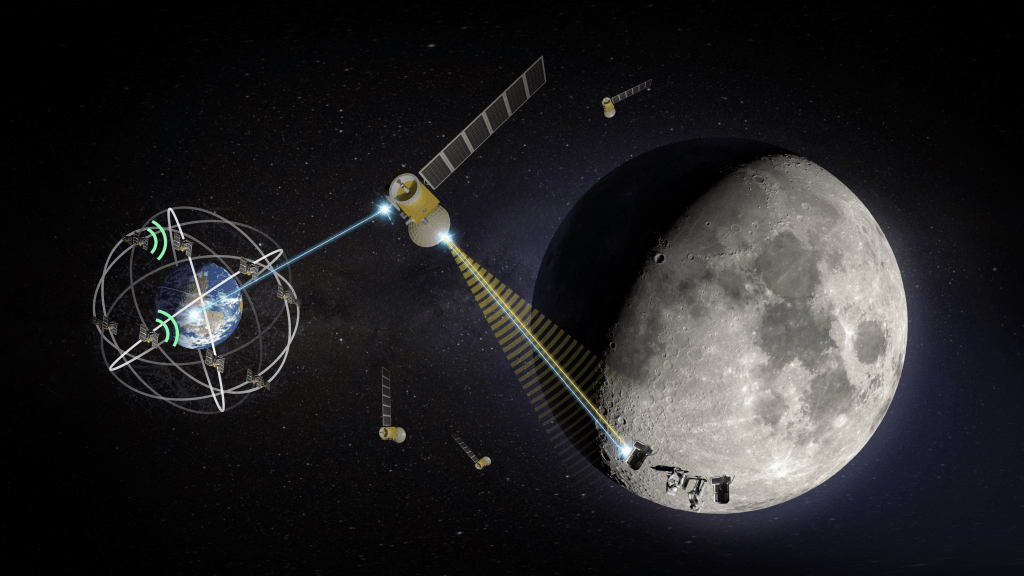
Lunar Communications Relay and Navigation Systems (LCRNS)
NASA's LCRNS project is an initiative aimed at enabling a robust communication and navigation infrastructure around the Moon.
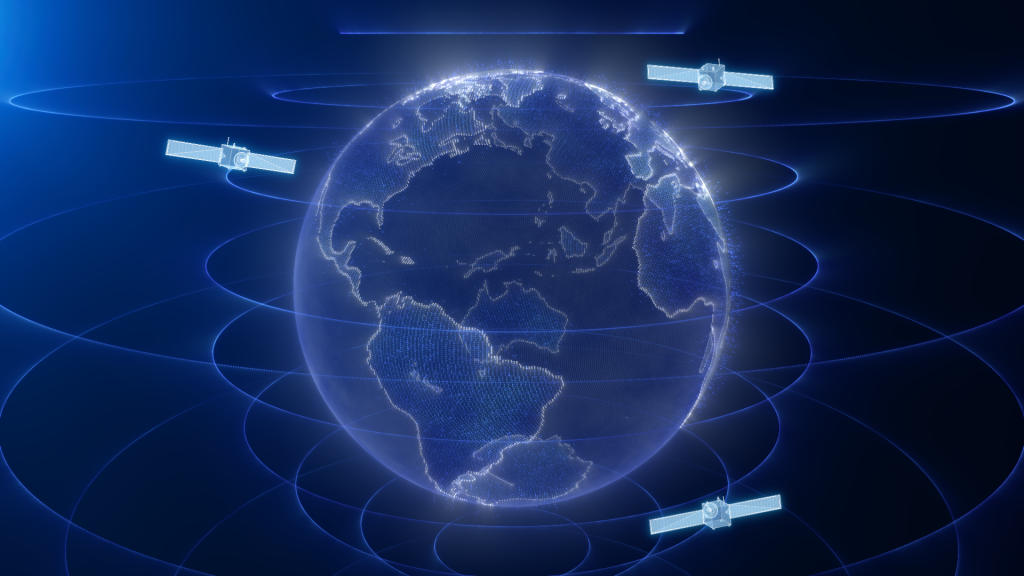
Commercialization, Innovation, and Synergies Office (CIS)
The CIS office identifies opportunities, nurtures relationships, and implements collaborative solutions to enhance capabilities and technologies in support of exploration and space communications.
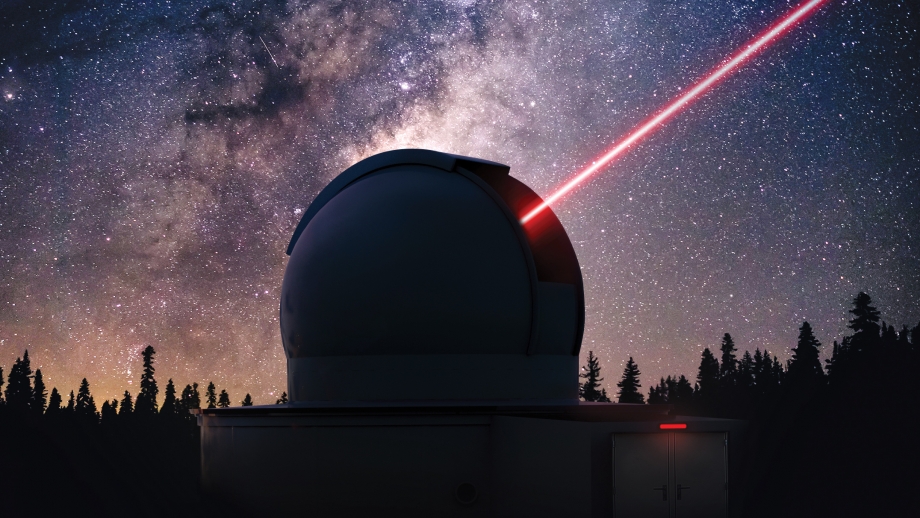
Orion Artemis II Optical Communications System (O2O)
Artemis II will host four astronauts and test new, cutting-edge technologies, including a laser communications terminal known as O2O.
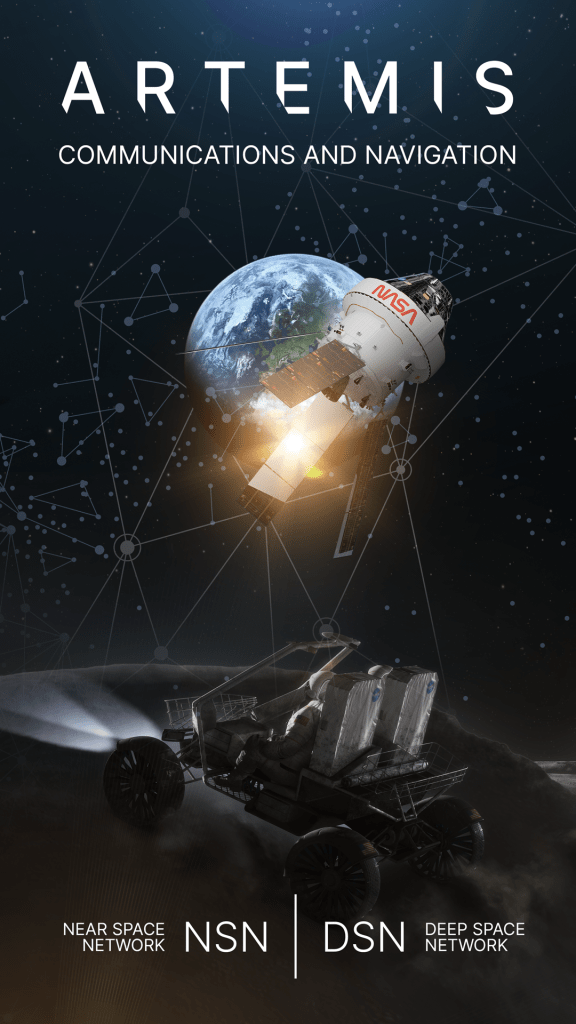
Navigation
NASA navigation engineers serve ESC in a variety of ways, supporting missions while developing technologies that enhance spacecraft navigation and guidance.

Technology Enterprise and Mission Pathfinder Office (TEMPO)
NASA's TEMPO was created to organize, incubate, and infuse mission-enabling communications and navigation technologies and projects.

Search and Rescue (SAR)
NASA's Search and Rescue office has aided the international Cospas-Sarsat Program in the development of search and rescue technologies.
Connecting Earth to missions over 1.25 million miles away.
NASA’s Near Space Network delivers critical communications and navigation services to missions observing the Earth, studying the Sun, and exploring the Moon and beyond. Through our network, spacecraft can send different types of data back to Earth, anything from an astronaut talking to mission control, an image of a neutron star, and so much more.
Learn moreCommunicate.
Navigate.
Innovate.
Explore.
About ESC
NASA’s Goddard Space Flight Center provides the communications connection that enables NASA to explore our universe.
Exploration and Space Communications manages the Near Space Network, a single end-to-end network that fulfills the essential needs of missions, empowering them with mission-critical communications and navigation services, and enabling the transmission of science and exploration data from space to Earth.
The Near Space Network orchestrates communications services through government or commercial providers for missions in the near-space region. The network serves missions throughout their entire lifecycle, from planning to on-orbit services. As a result, the network — and ESC — ensures its users have robust and reliable services that fully support their mission objectives.
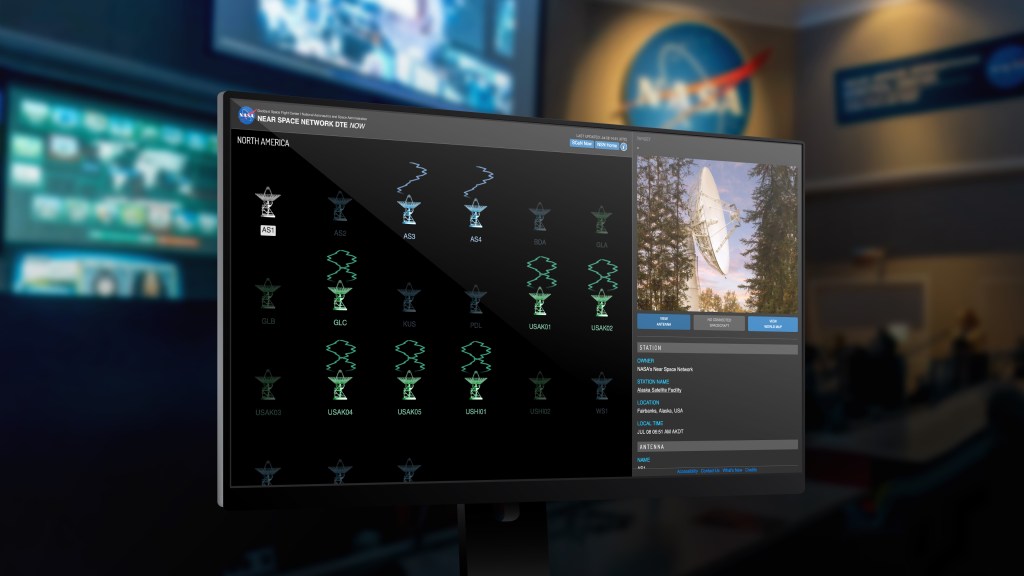

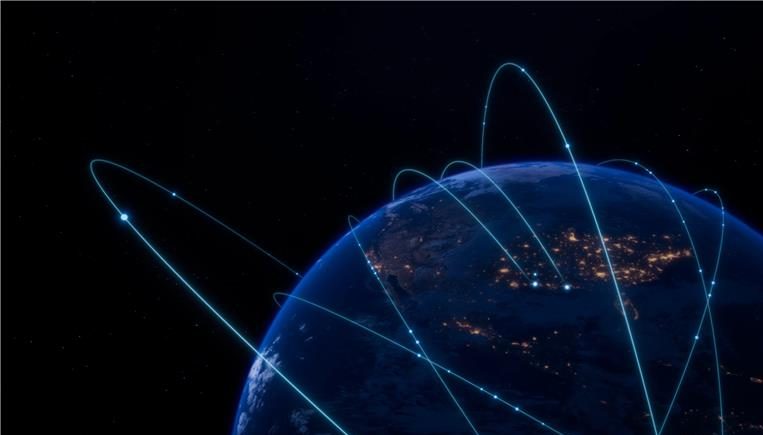
Services
Without communications and navigation, there is no mission.
The ESC division manages NASA’s Near Space Network through operations, technology, commercialization, and policy efforts.
ESC Resources
Space Communications: 7 Things You Need to Know
NASA’s Space Communications and Navigation (SCaN) program enables this data exchange, whether it’s with astronauts aboard the International Space Station,…
Read the Story